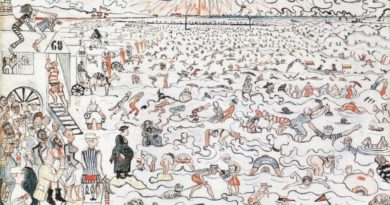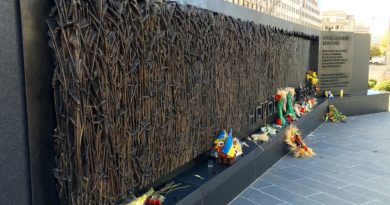Brussels Hidden Gems: Peter Pan at the Parc d’Egmont
While it’s not the largest or most varied park in Brussels, the Parc d’Egmont is the only park inside the ‘Pentagone’ (the city’s historical heart) and also holds a special place in the heart of many a Brusseleir.
Under architects such as Tilman-Suys, responsible for Brussels’ Botanical Garden conservatory, and Galoppin, who gave us the Parc Josephat, the Parc d’Egmont has undergone many transformations over the centuries, from a warren of alleys leading to the city walls, to vegetable gardens and Renaissance designs, through Italian and French influences, to an English landscaped style.
Pale dolomite paths wind around vast lawns overlooked by Turner oaks, while guelder roses nod their snowball blooms at the elegant facade of the Egmont Palace. Quiet reigns. It’s hard to imagine that the busy inner ring road is just a few metres away.
On a warm Brussels weekend, you can take your book for lounging in dappled sunlight and even indulge in brunch at La Fabrique en Ville in the restored Orangery.
But my favourite part of the park is completely free.
Overnight in April 1924, a statue of Peter Pan appeared in the park, a gift from sculptor, Sir George Frampton, who wanted to celebrate Anglo-Belgian friendship and honour the children of Belgium after World War 1. Cast in bronze, JM Barrie’s beloved character, ‘the boy who wouldn’t grow up’ plays his pipe atop a conical tree stump surrounded by rabbits, squirrels, mice and fairies.
Forever young, Peter Pan was based on Barrie’s brother, David, who died aged 14 in an ice-skating accident in 1867. Barrie himself died, seventy years later, on 19 June 1937 and is buried with his brother in Scotland. This June, why not pay homage to Peter Pan, to childhood and friendship, with a stroll through the Parc d’Egmont?



